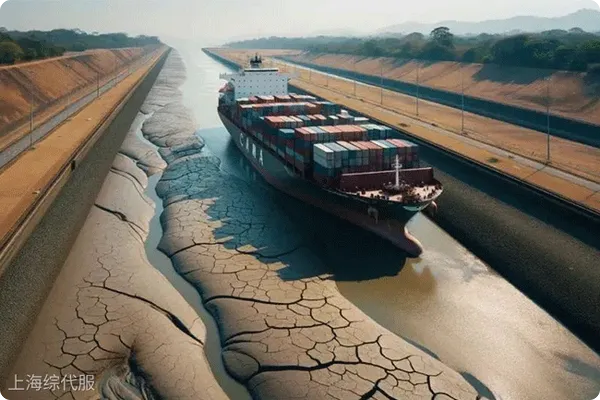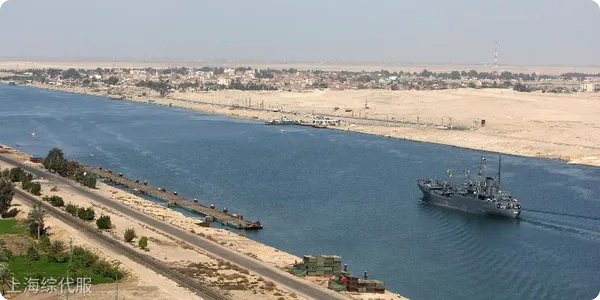Two of the world’s largest shipping regions, the Panama Canal and Egypt’s Suez Canal, have faced serious transportation challenges in recent years. The drought crisis in the Panama Canal has caused congestion, while the Suez Canal has been affected by security threats and potential additional pressures. The two shipping channels have had a significant impact on global trade, forcing many shipping companies and export companies to rethink their logistics and transportation strategies.
Drought in the Panama Canal
The drought of a major lake in the Panama Canal has led to a limited transportation capacity of this critical waterway, leading to epic congestion. The Panama Canal authorities have planned to address this by adding additional routes and allowing ships to pay additional routes. This measure is expected to be open to ships that have waited for 10 days or more. Due to uncertain waiting times, many shipping companies are considering changing routes, options including the Suez Canal, Good Hope Horn and the Strait of Magellan.

The Suez Canal Security Threat
At the same time, the Suez Canal also faces its own challenges. Due to the Panama Canal crisis, it is expected that the Suez Canal will need to accommodate more ships, which may lead to increased waiting times at both ends. In addition, the waters around the Red Sea at the southern end of the Suez Canal are facing various attacks and ship hijackings, further increasing shipping uncertainty and security risks.

The Suez Canal in Egypt
According to officials from the Greek shipping giant Angelicoussis Group, the Suez Canal may be delayed due to problems with the Panama Canal, especially the impact on the transport of liquefied natural gas.
Shipping company strategy.
Faced with the drought of the Panama Canal and the security threat to the Suez Canal, the world’s largest chemical tanker operator, Stolt-Nielsen, has decided to shift its fleet to the Suez Canal.
Ship waiting time on the Suez Canal
The average waiting time for ships in the Suez Canal has reached 20 days, leading more shippers to consider changing routes, but this also means shipping companies’ customers have to pay additional shipping charges. The Maritime Administration of the U.S. Department of Transportation (MARAD) warned in a Sunday announcement that ships should be alert to changing threats in the region as they pass through the Middle East.


 Follow customer service WeChat
Follow customer service WeChat